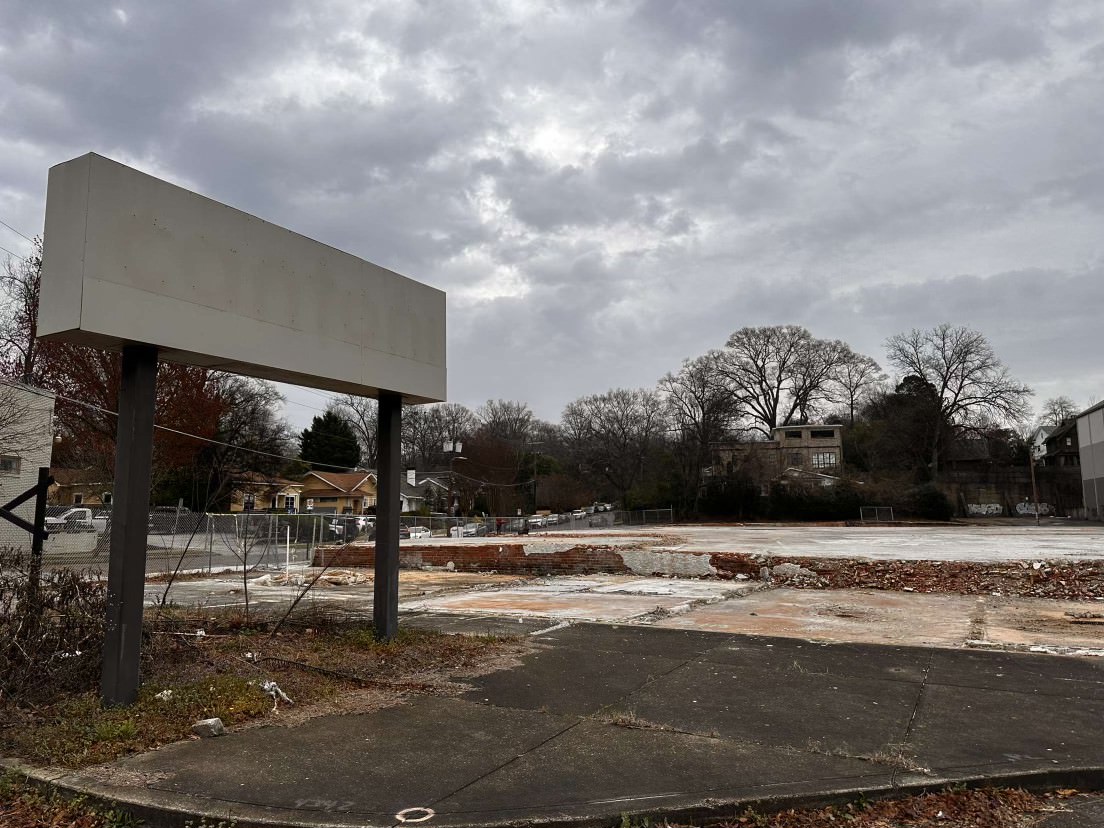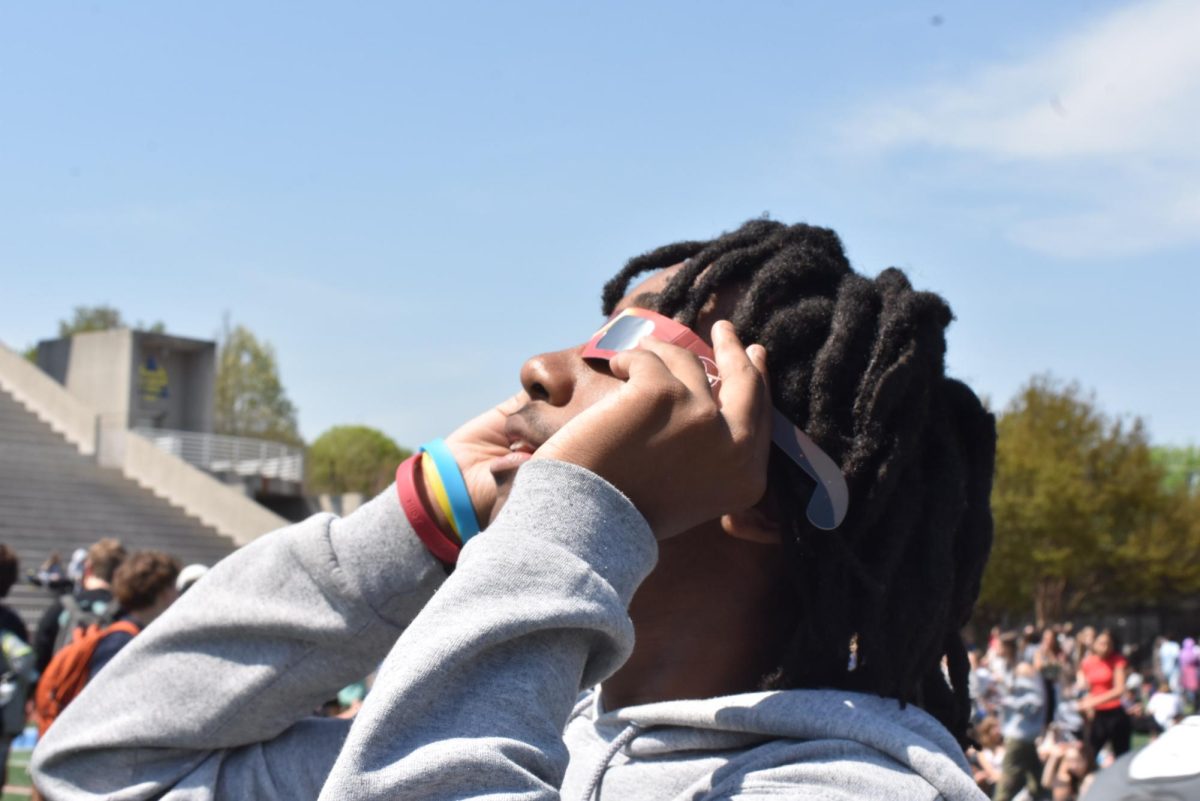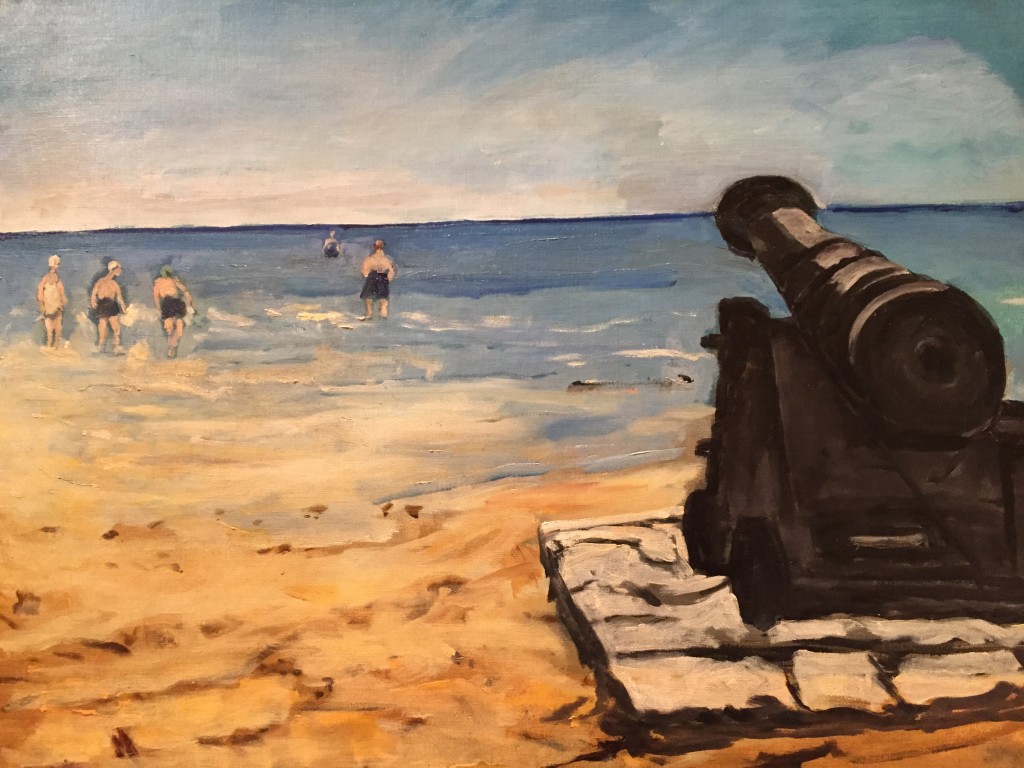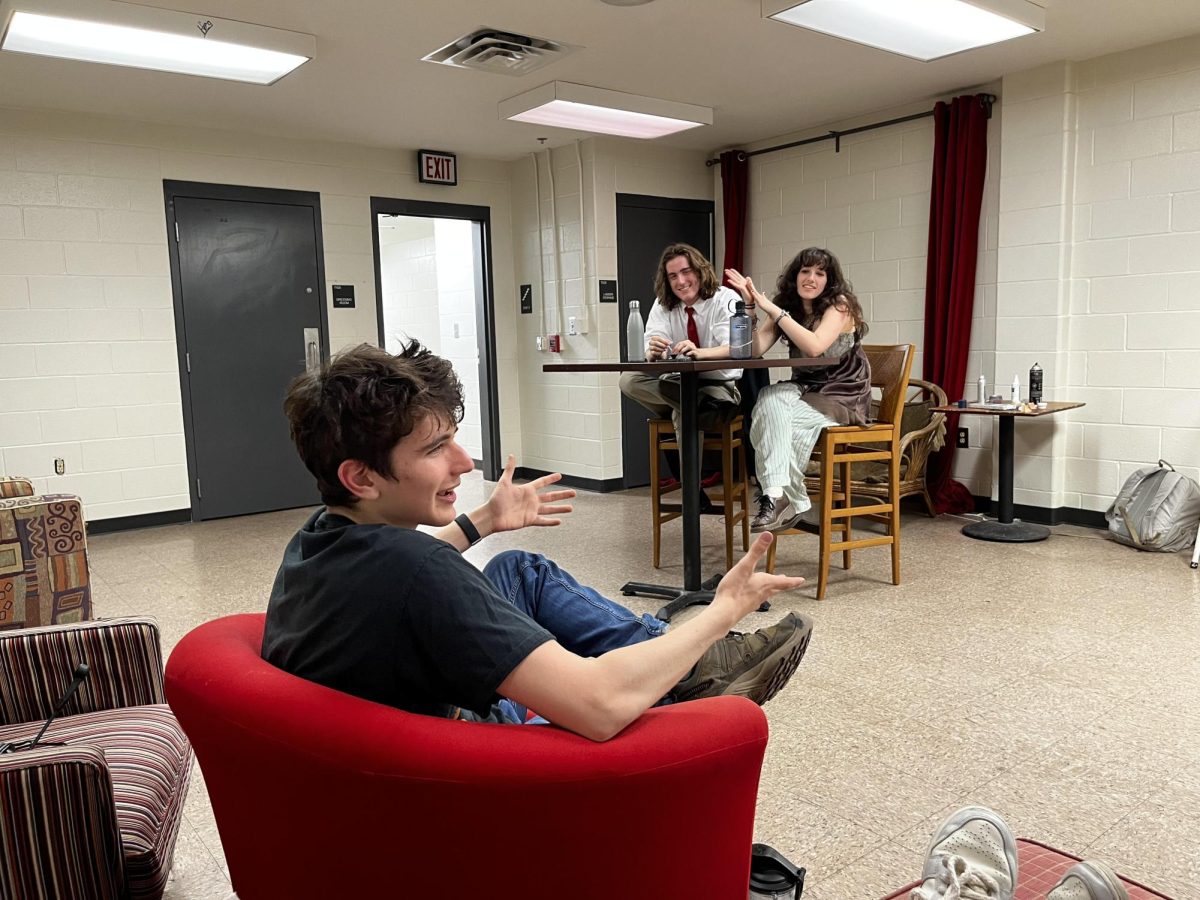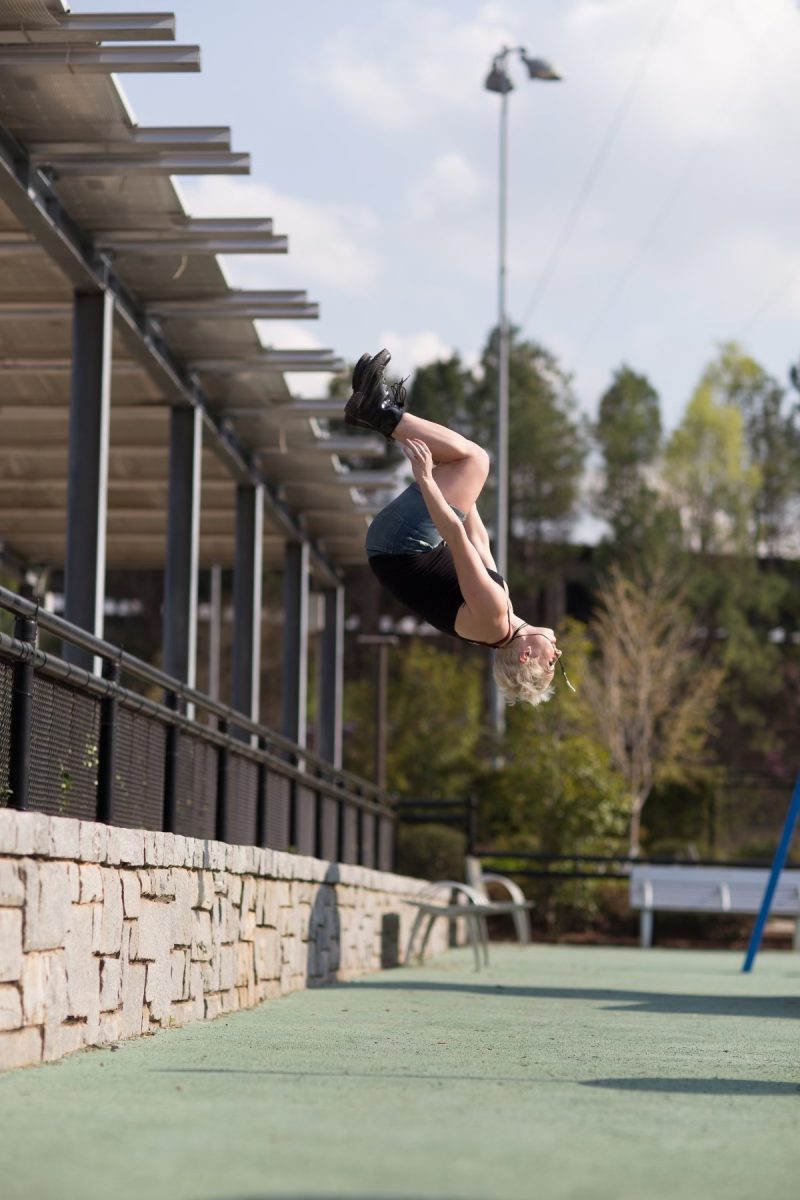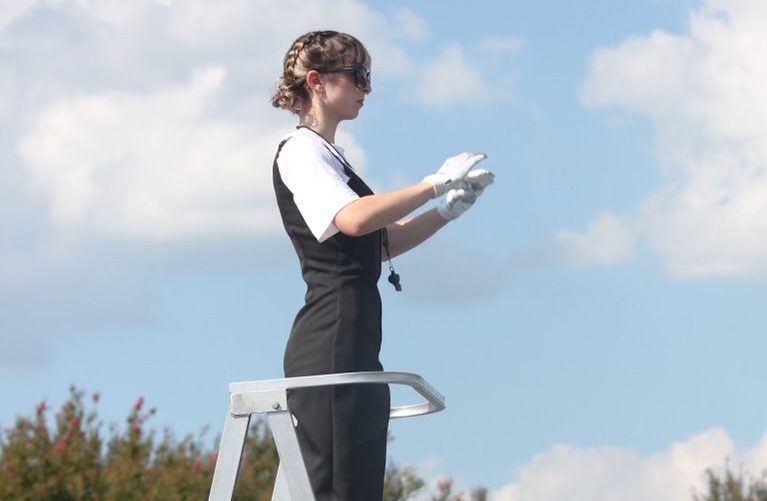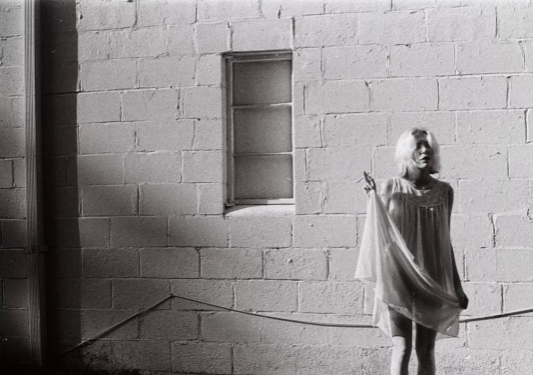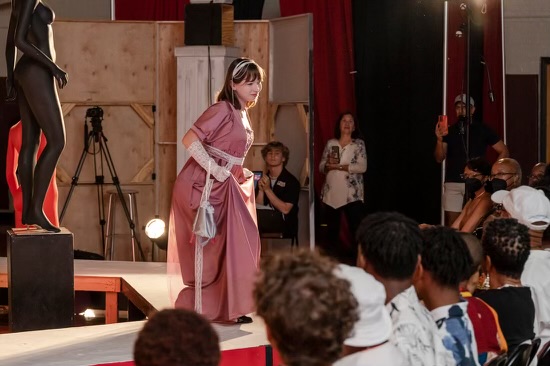
By Reilly Blum and Gracie Griffith
Although he is generally remembered as Great Britain’s iconic prime minister and war hero, Winston Churchill had also become an accomplished painter by the end of his life.
“If it weren’t for painting I could not live, I could not bear the strain of things,” Churchill wrote in his book, Painting as a Pastime.
The Art of Diplomacy, an exhibit which features the statesman’s oil paintings, photographs, letters and personal belongings, closed Feb. 1 at the Millenium Gate Museum in Atlantic Station. The collection, which the museum organized in conjunction with the Churchill family, also boasts several Churchill paintings that are on public display for the first time.
The exhibit’s 33 paintings are divided into eight chronologically organized periods. While these periods span the entirety of the politician’s artistic career, the featured paintings constitute a mere fraction of the artist’s completed works.
“Churchill started painting when he was suffering from depression [at a time when] his career was falling apart,” said Dr. Steve Steinman, the former dean of the school of design at American InterContinental University.
Steinman said that for Churchill, painting was therapeutic. Churchill often painted calm scenes that offered him relief from his stressful political life.
The majority of Churchill’s work is characterized by clear horizon lines, bright color palettes and loose brushwork. Although certainly impressionistic in technique, Churchill painted in a unique style.
“He was brave enough to go in there, very free, swirl around and use his imagination,” said Edwina Sandys, Churchill’s granddaughter.
Churchill’s willingness to experiment was partly due to his amateurism. The statesman, who began painting after the age of 40, started using a child’s watercolor set and never attended a formal painting lesson.
“Churchill’s paintings were often hit or miss because he didn’t paint every day,” Steinman said. “Instead, he practiced statesmanship and politics, and he was incredible [in that field]. We see these paintings now, not necessarily because of a great artist, but because of a great statesman.”

Even if his finished work varied in quality, art was Churchill’s constant in his ever-changing political world. He considered it to be an escape from the stress of his career as well as a way to test his leadership skills.
It was this combination of skill and passion for painting that helped Churchill facilitate a strong relationship with Franklin Delano Roosevelt during the Second World War. In order to reach an agreement with the president concerning the timing of D-Day, Churchill insisted that Roosevelt accompany him to watch the sunset in Marrakech.
Jeremy Kobus, the director of the Millenium Gate Museum, said Roosevelt didn’t want to go.
“He followed Churchill with his heart not his head,” Kobus said.
Yet Churchill’s plan worked: the beautiful sunset captivated Roosevelt, and the two men bonded.
“Roosevelt left, but Churchill stayed an extra day to paint this scene,” Kobus said. “He then gave the painting to Roosevelt as a gift.”
The Tower of the Katoubia Mosque (1943) remains the only painting Churchill completed during World War II.
After Roosevelt’s death, the painting fell into obscurity. While Kobus was curating The Art of Diplomacy, the painting surfaced in New Orleans.
The museum was able to contact the painting’s owners, who agreed to lend it to the exhibit, if they were allowed to remain anonymous. It wasn’t until shortly before the exhibit’s opening that the donors revealed their names: Brad Pitt and Angelina Jolie.
While the history behind this painting is certainly unique, its subject matter is not. Churchill’s paintings are almost entirely restricted to the serene landscapes and architectural scenes of England, Southern France and North Africa– a stark contrast from his war-torn reality.
The Beach at Walmer (c. 1938), which depicts a Napoleonic-era cannon overlooking an English coastline as oblivious bathers swim in the sea, is one of only two pieces in the exhibit that hint at the prevalence of war in Churchill’s life.
Sandys believes the painting shows Churchill’s premonition of a world war.
“The ominous bulk of the gun is almost like a forewarning,” she said.
Yet Sandys remembers her grandfather for his vivacious spirit not his wartime insight.
“My grandfather didn’t do things by halves; he always put in his full energy,” Sandys said.
Sandys, who is also a self-taught artist, created a painting called Finest Hours (2012) in her grandfather’s honor which is featured in the exhibit.

Finest Hours depicts Churchill painting Bottlescape, one of his more original works. Sandys said that she found Bottlescape particularly captivating because it shows her grandfather’s creative spirit. While most artists’ still lives are of flowers or fruit, Churchill’s Bottlescape portrays several whiskey bottles and cigar boxes.
In Finest Hours, Churchill and his easel stand against a wall of books.
“I’m saying my grandfather’s finest hours were when he was painting or writing books,” Sandys said. “[In the background are] books he wrote and those written about him.”
With pieces such as Finest Hours and The Tower of the Katoubia Mosque curated from several countries, The Art of Diplomacy is an exhibit nearly as worldly as Churchill himself.
“Art is a reflection of society, and Churchill was aware of the world,” Steinman said.
The Art of Diplomacy displays a lesser known side of Churchill. Forever an enigma, Churchill is not exactly relatable. Yet the exhibit gives Atlantans a glimpse of humanity in the man who swept aside Europe’s iron curtain.




